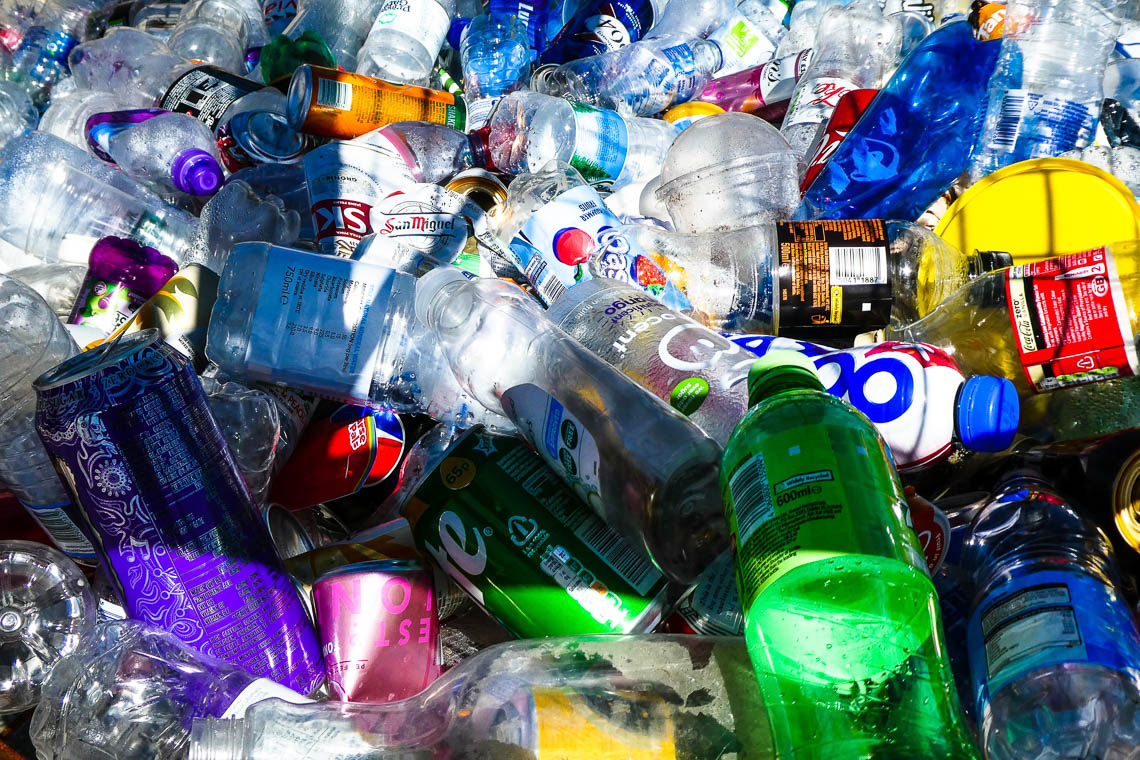
Earth Day thoughts
This Earth Day I’ve been thinking a lot about how the ongoing pandemic has affected our planet. Many small businesses are struggling to survive. With new cleaning and sanitary protocols in place, taking care of the environment is not likely to be a top priority.
Even on my daily walks, I see disposable masks on sidewalks, garbage in parks overflowing, and piles and piles of shipping materials.
In our current situation, how can we continue to protect our environment while also keeping our business afloat? It’s a challenge for sure. While there are some things we cannot control (such as enhanced cleaning measures), I want to offer some ideas that I’ve adopted in my own ventures to keep in line with my values of sustainability and environmental stewardship.
Make a commitment to go paperless
Depending on your business model, going paperless may be an option to help reduce waste. For me, my freelance work is online so it was an easy switch, but one I had to be intentional about.
Look at different aspects of your business where you may be using paper - do you currently print receipts? Is there a way to provide digital invoices and receipts? Switching to a paperless model not only saved me paper but also helped me design an invoicing process that is more efficient for my clients.
This takes work and can be a slow transition, but making an active commitment to go paperless can pay off in the long run and help make more conscious decisions.

There are lots of places you use paper without even realizing it:
- Notebooks and to-do lists: if you’re a pen and paper kind of thinker, look for digital alternatives or invest in a reusable notebook.
- Business cards and brochures: could you provide these in an interactive, digital format?
- Receipts and shipping slips: Could you provide these digitally by default or on request?
- Client contracts or documentation: use software like Docusign to get clients to sign things online .
- Coupons or promo cards: Send a code through email instead or include loyalty rewards on digital receipts
These are a few examples but start by taking note whenever you use paper in your day-to-day work. You’ll be surprised at how much paper you use.
Sustainable packaging and shipping materials
With the rise of curbside pickup or home delivery, the use of packaging has skyrocketed. There’s nothing worse than getting a package from Amazon that comes in a box three-times bigger than it needs to be.
There are now so many efficient and eco-friendly ways to use sustainable materials for packaging and shipping materials. If you ship out a lot of products, do your homework to look for eco-friendly or recyclable options such as compostable bubble wrap or reclaimed cardboard.
How you pack your shipping boxes is also important. If you have the hands and the time, taking care when packaging your orders can help reduce box sizes and better protect your products. Play a fun game of Tetris when packing your orders, and try to get it as compact as possible! I want to give a big shout out to Simons , and Tease Tea here, two companies that do an amazing job at this.

Another small change that could make a big impact is reducing your package size or changing the design. Do you sell products that could fit in a smaller box? Does your packaging use a lot of colour and ink to produce? Does your packaging use many material types, making it tricky to recycle? If so, rethinking your packaging and making small adjustments may save a lot of materials (and costs!) in the long run.
Other ideas that might help reduce packaging:
- Encourage customers to do curbside pickup when possible. This will reduce shipping materials and emissions required for delivery.
- Test your products to see what they can withstand. If they are durable, they may need less packaging to protect them than you think.
- Include instructions in the order on how to recycle the packaging.
- Include ideas in the order to reuse the packaging for other uses (e.g. DIY projects).

Green investments or donations
For some businesses, there isn’t a lot you can do to reduce waste, because you might not be using a lot of materials anyway! There are still ways you can help promote sustainability even if your own impact on the environment is small.
This year, I dedicated a certain amount of my budget to green investments and donations to other organizations doing environmental stewardship work. For example, I set aside some of my own investments for clean energy and sustainable engineering and package design. Even though this isn’t work my business is doing , I can use my finances to support businesses and innovators who are using their skills to improve our environment. Investing in research and innovation is key to creating alternatives to resource-intensive options.

As well, consider an environment-focused organization for your regular donations or partnerships. Organizations like EcoTrust Canada need financing to continue their work.
Look for organizations with mandates:
- To work with Indigenous communities to promote environmental stewardship.
- To protect a certain species or ecosystem.
- To provide alternatives to resource-intensive materials or energy
- To build eco-friendly communities and spaces.
- To regrow or regenerate damaged ecosystems.
Including environmental sustainability in your social impact strategy can not only save the planet but help build strong communities too.
Partnering with another organization can help open the doors to green initiatives through your business. For example, you could create a product line that plants a tree for each sale, or that uses a percentage of recycled materials. Green-focused organizations may be able to help you source materials or get the labour necessary to do the physical work. If you aren’t able to do environment-focused activities on your own, work with people and organizations who can!

Other ideas?
These are some of the major themes I’ve been thinking about in my own business ventures. While no one business or initiative is able to solve every problem our environment is facing, every little bit helps. Our planet is in crisis mode, and the pandemic is only creating more waste and emissions that are difficult to reverse.
As business owners, it is our duty to operate with a consciousness of our impact. This includes our impact on people, communities and the environment. Social and environment-conscious enterprises are the way of the future, and there are small ways we can move in that direction.
How have you been incorporating eco-friendly practices in your own business? I want to hear from you!